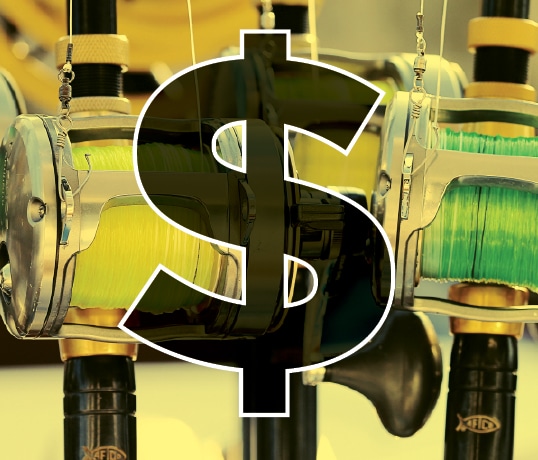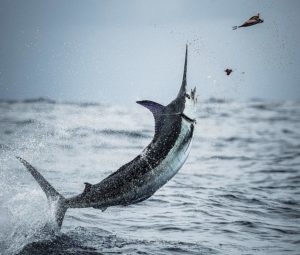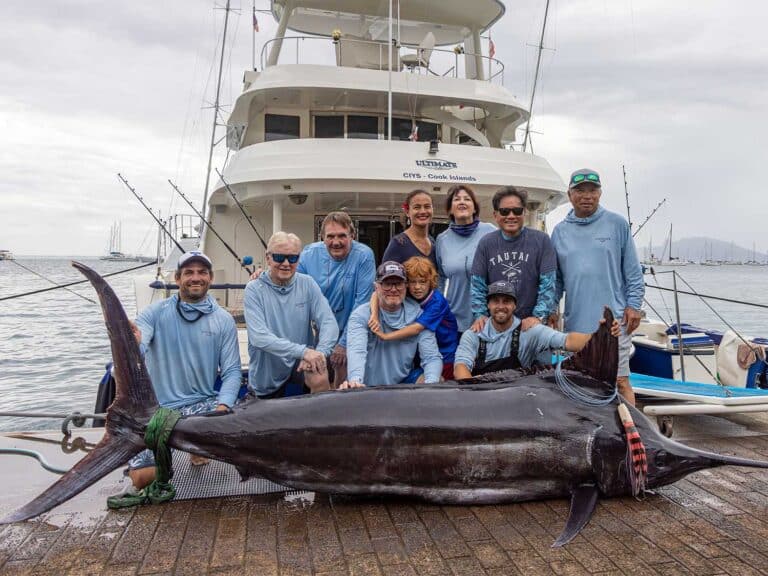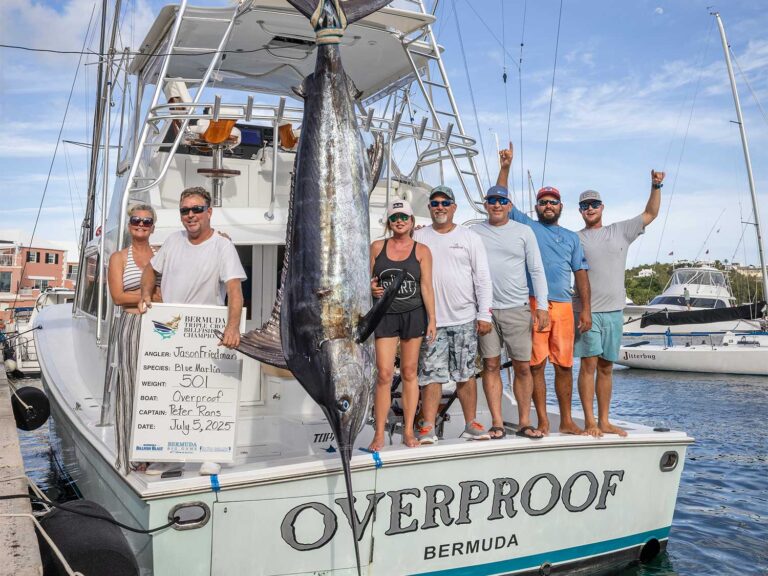
consev thumb
Just before I wrote this column, I read the recently released list of the 2014 Fortune 500. Many of the large companies you expect took the top spots: Wal-Mart, Exxon Mobil Corp. and, of course, the ever-mighty Apple Inc. Unfortunately, once again this year, you won’t see a sport-fishing company on this list despite the large amount of revenue generated and jobs supported by recreational fishermen in the United States.
As pointed out in a study by the American Sportfishing Association titled “Sportfishing in America — An Economic Force For Conservation,” if sport fishing were its own company, it would rank 51 on the Fortune 500, with annual revenue from expenditures and direct retail sales of nearly $48 billion.
Saltwater anglers in the United States alone generated more than the annual revenue of Nike in 2011 ($23.4 billion), contributing total economic impacts greater than $56 billion and supporting over 364,000 jobs. The economic impact generated by billfish anglers has not been covered by a formal study, but billfish anglers do spend significantly more in their quests for these game fish, despite being a relatively lower percentage of the angling population.
Despite the huge revenue it generates, sport fishing lacks the funding needed for R&D that would benefit fish — the very reason the industry exists in the first place.
I can’t imagine that any car manufacturers or tech companies would cut their R&D spending if it meant they would fall behind the competition or run out of an instrumental part of their supply chain. In 2013, General Motors (No. 7 on the Fortune 500) spent $7.43 billion on R&D while generating over $155 billion in revenue. Microsoft (No. 34) spent $10.4 billion on research and took in nearly $78 billion.
In fisheries, this kind of spending on research is the stuff of fantasy — and will likely never happen. The entire National Marine Fisheries Service budget for research in 2014 was just over $437 million, which includes both recreationally and commercially important stocks.
However, with increased concern over management decisions based on “data poor stocks,” solutions must be found within the sport-fishing industry itself to fund necessary research so decisions are made that increase fishing opportunities.
The disconnect between how a lack of essential science leads to the subsequent management decisions that affect the supported industries dependent upon the resource is alarming. This became more than apparent during a recent advisory council meeting in Washington, D.C., where research budgets were discussed for upcoming projects and initiatives. Let’s just say several fewer zeros were involved, compared to the R&D budgets of the Fortune 500 companies.
Even for bluefin tuna, which is both recreationally and commercially important as well as a hot-button topic within the media, the annual budget for the U.S. Bluefin Tuna Research Program in 2014 was just over $650,000. On a wider level, the International Commission for the Conservation of Atlantic Tuna’s Atlantic-wide Research Program for Bluefin Tuna started with an estimated budget of just under $25 million to cover six years when the project was proposed in 2008.
Looking at billfish specifically, the lack of attention that these species receive is also alarming. Basic information about species like the western Atlantic sailfish, including its population dynamics, is still not fully understood. Stock assessments for all of the billfish species continue to be pushed back year after year.
While the scope is much greater than the waters within the U.S. exclusive economic zone — many other countries must be involved in this process — the dependency on this essential information is vitally important for the health of the sport fishery. The ICCAT billfish group has an annual operating budget of just over $68,000. It is no wonder that many necessary questions remain unanswered, and multitiered programs, such as observer programs on developing fleets and basic biology sampling, remain plans on paper. Even a simple task like the promotion of conventional tagging activities, including the distribution of tag-recovery incentives, is a potential program that likely will not grow to its fullest extent due to a lack of funding on the international level.
When we put things into perspective, the ICCAT billfish group budget comes in far less than the fuel bill of many billfish teams during an average tournament season. There is a disconnect between the thrill of chasing the fish and the necessary research that needs to be done to make sure that this can continue for future generations.
However, if we look at this from the supported industry point of view, who should be responsible for supplying funds to generate this pertinent research? While it might not be something many like to hear, this responsibility could very well ride on the recreational community — anglers, captains, conservation groups and the supported industry. We are the ones who benefit from a healthy fishery, and we must invest in the resource just as if we were investing in a Fortune 500 company. Without adequate funding, necessary research will continue to fall by the wayside. Necessary stock assessments will continue to be delayed. With lean operating budgets far less than the annual budgets of NMFS, conservation groups can only do so much to further research on their own. Why every angler who chases billfish is not a member of one of these groups is beyond me, but it should be something we all think about. How much are you investing in the future of the fishery?
I would even be willing to bet that the amount of money spent on ballyhoo that end up as sancocho or mullet doomed to destruction on the dredge would make a significant impact on research budgets for billfish conservation. Sure, we cannot always control the finicky bites that end in a mashed-up ballyhoo, but we can control the amount of money we put back into the fishery. Many research projects out there could answer necessary questions about population structure and abundance, but the limiting factor continues to be a general lack of funding. We must invest in sport fishing — good conservation will pay back substantial dividends in the form of more billfish on the end of your line.







